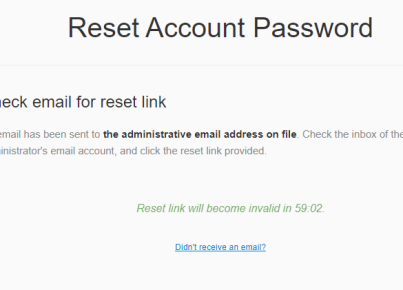Introduction
The Building Schools for the Future (BSF) initiative was a massive undertaking aimed at revolutionizing education infrastructure and modernizing school facilities in the United Kingdom. One key aspect of this ambitious program was the incorporation of Information and Communications Technology (ICT) into all aspects of teaching, learning, and administration. As we explore the topic further, we’ll focus on the ICT outsourcing route chosen by many schools to realize their vision for future-ready educational environments.
Why Choose ICT Outsourcing?
For many educational institutions, managing complex ICT implementations can prove both time-consuming and costly if done in-house. An increasingly popular strategy employed by these schools is ICT outsourcing. By partnering with specialist providers to develop, deploy, and maintain critical technology infrastructure and services, schools can benefit from:
1. Expertise: Outsourcing partners possess deep knowledge and experience in various ICT domains that schools may lack internally.
2. Cost Savings: Cost management is crucial when building schools for the future. Outsourcing can convert large, fixed capital expenditures into more manageable operational expenses.
3. Scalability: As a school’s technological needs evolve over time, an outsourced ICT provider can help ensure resources match demand in a timely manner.
4. Risk Mitigation: By delegating select parts of your ICT program to an experienced partner, you minimize the risk of erroneous or sub-par technology implementation.
Keys to Successful ICT Outsourcing
To achieve optimal results through the ICT outsourcing route, several steps must be taken to ensure that partnerships are aligned with a school’s overall mission for building future-ready learning environments:
1. Define Clear Objectives: Develop a strategic plan outlining your institution’s objectives for incorporating ICT within your BSF program. Use this as a guide when selecting an outsourcing partner.
2. Choose Wisely: Conduct thorough evaluations to identify an outsourcing partner aligned with your goals and capable of delivering solutions relevant to your needs.
3. Establish Collaborative Partnerships: Foster close working relationships between internal teams and the outsourcing provider to ensure seamless coordination, knowledge sharing, and shared accountability for outcomes.
4. Monitor Performance: Regularly assess the performance of outsourced services using relevant metrics, maintaining an open dialogue with your partner to address any issues that may arise along the way.
Realizing Success Through the ICT Outsourcing Route
In conclusion, pursuing the ICT outsourcing route in a Building Schools for the Future project can help schools derive significant advantages by leveraging their partner’s expertise, saving costs, and ensuring a continually updated technology infrastructure. Careful attention must be paid to selecting the most suitable outsourcing partner and maintaining open communication and collaborative relationships throughout the project. By doing so, educational institutions will be well-positioned to create exceptional learning environments that prepare students for a dynamic and digital future.





